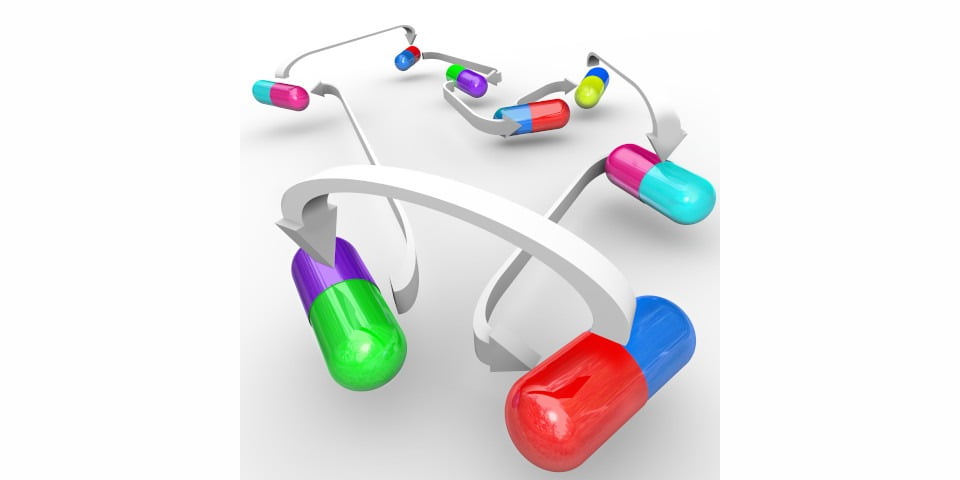Pharmacists and other healthcare professionals can now check more than 300 potential interactions between complementary and prescription medicines.
Blackmores Institute’s online Complementary Medicine Interactions Guide has been updated with the latest peer-reviewed data and new herbal and nutritional ingredients.
This latest guide in the series, which has been reviewed and updated by an expert university pharmacy panel1, covers 75 complementary medicine (CM) ingredients (including 15 new CM ingredients such as valerian and bromelain), 173 new interactions and 430 new supporting articles.”
Blackmores Institute Director Dr Lesley Braun says education is fundamental in helping pharmacists, doctors and other healthcare professionals to safely integrate natural medicine into patient care.
“According to Australian statistics, seven out of 10 pharmacy customers take complementary medicine products,” she said.
“Consumers expect their pharmacist and other health professionals to be able to provide information about safety and efficacy, thereby allowing them to make smart choices on the most appropriate supplement to suit their needs.
“This free, practice-ready tool will support health professionals in counselling patients in the quality use of natural medicine ingredients and effective integration with other modalities. There is no other tool for health professionals as accessible, comprehensive and up-to-date as the Blackmores Institute CM Interactions Guide.”
This evidence-based guide, now in its 15th year of publication, is designed exclusively for healthcare professionals.
Dr Braun says many consumers believe CMs are safe to take because they are ‘natural’, yet, while most CMs are very well tolerated, side effects can occur.
“The most common side effects associated with complementary medicine use are gastrointestinal symptoms such as reflux and loose bowels, and dermatological reactions such as urticaria,” she said.
“We also know that many people use pharmaceutical medications together with CMs, so it’s vital for health professionals to have access to the latest evidence-based information on potential interactions when offering consumers advice.
“It’s also important for the consumer to tell health professionals about what prescription and complementary medicines they’re taking.”
The CMs Interactions Guide is available online and as a hard copy version. It has been translated into multiple languages.






